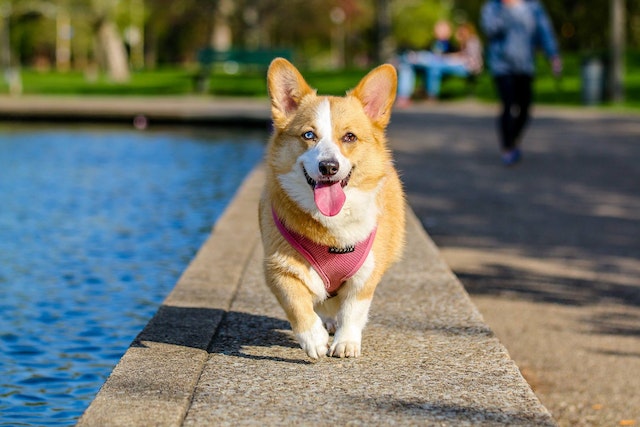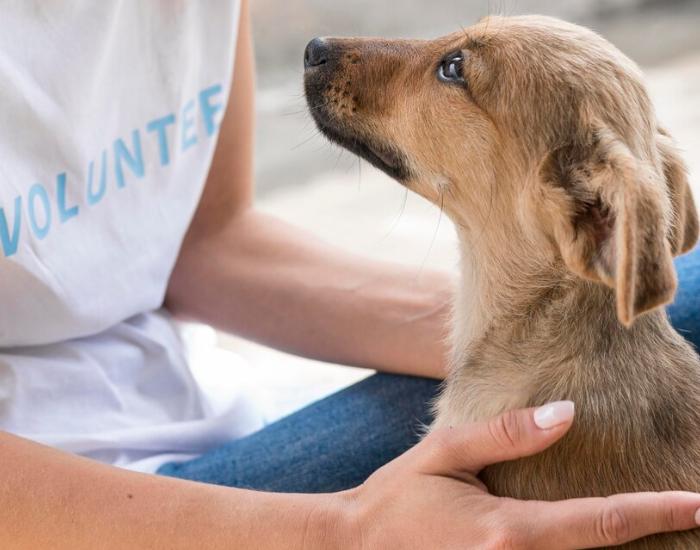Assistance dogs play a crucial role in the lives of individuals with disabilities, providing them with invaluable support and companionship. However, interacting with assistance dogs and their handlers can sometimes be unfamiliar territory for many people. In this comprehensive guide, we will delve into the world of assistance dogs, exploring the questions you can ask to better understand their role, rights, and responsibilities.
Understanding Assistance Dogs
Assistance dogs, also known as service dogs, are specially trained to assist individuals with disabilities in performing tasks that they cannot do for themselves. These tasks may include guiding individuals who are blind or visually impaired, alerting individuals who are deaf or hard of hearing to important sounds, pulling a wheelchair, retrieving items, and providing emotional support to individuals with psychiatric disabilities.
There are several types of assistance dogs, each trained for specific tasks and tailored to meet the needs of their handlers. These include guide dogs, hearing dogs, mobility assistance dogs, psychiatric service dogs, and autism assistance dogs. Each type of assistance dog undergoes rigorous training to ensure they can perform their tasks reliably and safely.
Legal Rights and Protections
It's important to understand that assistance dogs are not pets; they are working animals trained to assist individuals with disabilities. As such, they are afforded certain legal rights and protections under the law. In the United States, for example, assistance dog handlers are protected by the Americans with Disabilities Act (ADA), which allows them to bring their assistance dogs into public places where pets are not typically allowed.
However, it's essential to differentiate between assistance dogs and other types of service animals, such as emotional support animals or therapy animals. Assistance dogs are trained to perform specific tasks to assist individuals with disabilities, whereas emotional support animals provide comfort and companionship to individuals with emotional or psychological conditions. Therapy animals, on the other hand, are trained to provide comfort and support to people in therapeutic settings, such as hospitals or nursing homes.
Questions to Ask about Assistance Dogs
1. General Inquiries
- What tasks can the assistance dog perform?
- How long has the handler been working with the assistance dog?
- What specific training has the assistance dog undergone?
When interacting with an assistance dog and its handler, it's essential to approach the situation with respect and understanding. Asking general questions about the assistance dog's capabilities and training can help foster a better understanding of their role and how they assist their handler on a day-to-day basis.
2. Etiquette and Interaction
- Is it okay to pet or interact with the assistance dog?
- How should one approach a handler and their assistance dog?
- What should one do if they encounter an assistance dog in public?
While assistance dogs are trained to remain focused on their tasks, it's essential to ask permission before interacting with them. Some assistance dogs may be trained to interact with people in certain situations, while others may need to remain focused on their handler at all times. Approaching the handler first and asking for permission to interact with the assistance dog shows respect for their partnership and the work they do together.
3. Legal and Access Rights
- What legal rights do assistance dog handlers have regarding public access?
- Can assistance dogs accompany their handlers in all public places?
- What documentation may be required to verify an assistance dog's status?
Assistance dog handlers have the right to bring their assistance dogs into public places where pets are typically not allowed, such as restaurants, stores, and public transportation. This right is protected by laws such as the ADA in the United States. However, some establishments may require documentation or verification of the assistance dog's status, such as a certification or identification card. It's important to familiarize yourself with the laws and regulations regarding assistance dogs in your area to ensure their rights are respected.
4. Health and Care
- How does the handler ensure the well-being of the assistance dog?
- What vaccinations and health checks are necessary for assistance dogs?
- Are there any specific dietary or grooming needs for assistance dogs?
Assistance dogs require proper care and maintenance to ensure they remain healthy and happy. Handlers are responsible for providing their assistance dogs with regular veterinary care, including vaccinations and health checks. Additionally, assistance dogs may have specific dietary or grooming needs that should be addressed to keep them in optimal condition.
5. Training and Certification
- How are assistance dogs trained and certified?
- What organizations provide accreditation for assistance dog training programs?
- Is there ongoing training required for assistance dog handlers and their dogs?
Assistance dogs undergo rigorous training to learn the skills necessary to assist their handlers effectively. This training is typically provided by accredited organizations that specialize in assistance dog training. Handlers may also receive training to learn how to work effectively with their assistance dogs and reinforce their training on an ongoing basis.
Misconceptions and Clarifications
Despite their important role in assisting individuals with disabilities, assistance dogs are sometimes subject to misconceptions and misunderstandings. Common myths include the belief that all dogs can be trained to be assistance dogs or that assistance dog handlers are simply trying to bring their pets into public places. It's important to dispel these misconceptions and provide accurate information about the training, rights, and responsibilities of assistance dog handlers.
Conclusion:
Assistance dogs play a vital role in the lives of individuals with disabilities, providing them with independence, companionship, and support. By asking the right questions and understanding the role of assistance dogs, we can foster a more inclusive and respectful environment for individuals with disabilities and their four-legged companions. Let's continue to spread awareness and understanding about assistance dogs and the valuable work they do.













